Ask AI on The Internet
Question: Would it be possible to use eluent solvent mixtures in the unsaturated mode in TLC(e.g. benzene chloroform)? Explain any difficulties that might arise
Yes, it is possible to use eluent solvent mixtures such as benzene and chloroform in the unsaturated mode in thin-layer chromatography (TLC). However, there are some difficulties and considerations to keep in mind: 1. **Solvent Saturation**: In an unsaturated chamber, the solvent vapors do not saturate the atmosphere inside the TLC chamber. This can lead to faster evaporation of the solvent from the TLC plate, which can result in less consistent and reproducible Rf values. This could make your chromatography results less reliable and harder to interpret. 2. **Evaporation Rate:** - **Chloroform**: This solvent has a high evaporation rate. In an unsaturated chamber, chloroform may evaporate quickly, leading to a concentration change in the eluent mixture over time. This can affect the consistency of the migration of analytes on the TLC plate. - **Benzene**: While benzene has a lower evaporation rate compared to chloroform, it still can evaporate, especially when not in a saturated environment. 3. **Health and Safety**: Both benzene and chloroform are hazardous chemicals. Benzene is a known carcinogen, and chloroform is toxic and can pose health risks. Performing TLC in an unsaturated chamber may result in higher exposure to solvent vapors, increasing health risks. Proper ventilation, fume hoods, and personal protective equipment (PPE) are critical when working with these solvents. 4. **Inconsistent Results**: Due to the unsaturated environment, both solvents might not travel consistently up the TLC plate. The solvent front might not be uniform, resulting in streaking or irregular spots of the analytes. 5. **Solvent Mixture Behavior**: The mixture of benzene and chloroform might behave differently on the stationary phase if not in a saturated environment. This can alter the polarity balance of the solvent system, potentially affecting the separation of compounds. To mitigate these issues: - Consider using a saturated chamber to maintain a consistent solvent atmosphere and reduce evaporation. - Ensure that any work with volatile and hazardous solvents like benzene and chloroform is conducted in a well-ventilated area or under a fume hood. - Use appropriate PPE such as gloves, goggles, and lab coats. In summary, while it is technically feasible to use benzene and chloroform mixtures in an unsaturated mode for TLC, the potential for difficulties and hazards suggests that careful management and consideration of alternative, safer methods may yield more consistent and reproducible results.
Think your answer is better than the AI's? Post it below.
Other Most Relevant Posts:
 Ask AI: Would it be possible to use eluent solvent mixtures in the unsaturated mode (e.g. benzene chloroform)? Explain any difficulties that might arise.
Ask AI: Would it be possible to use eluent solvent mixtures in the unsaturated mode (e.g. benzene chloroform)? Explain any difficulties that might arise.
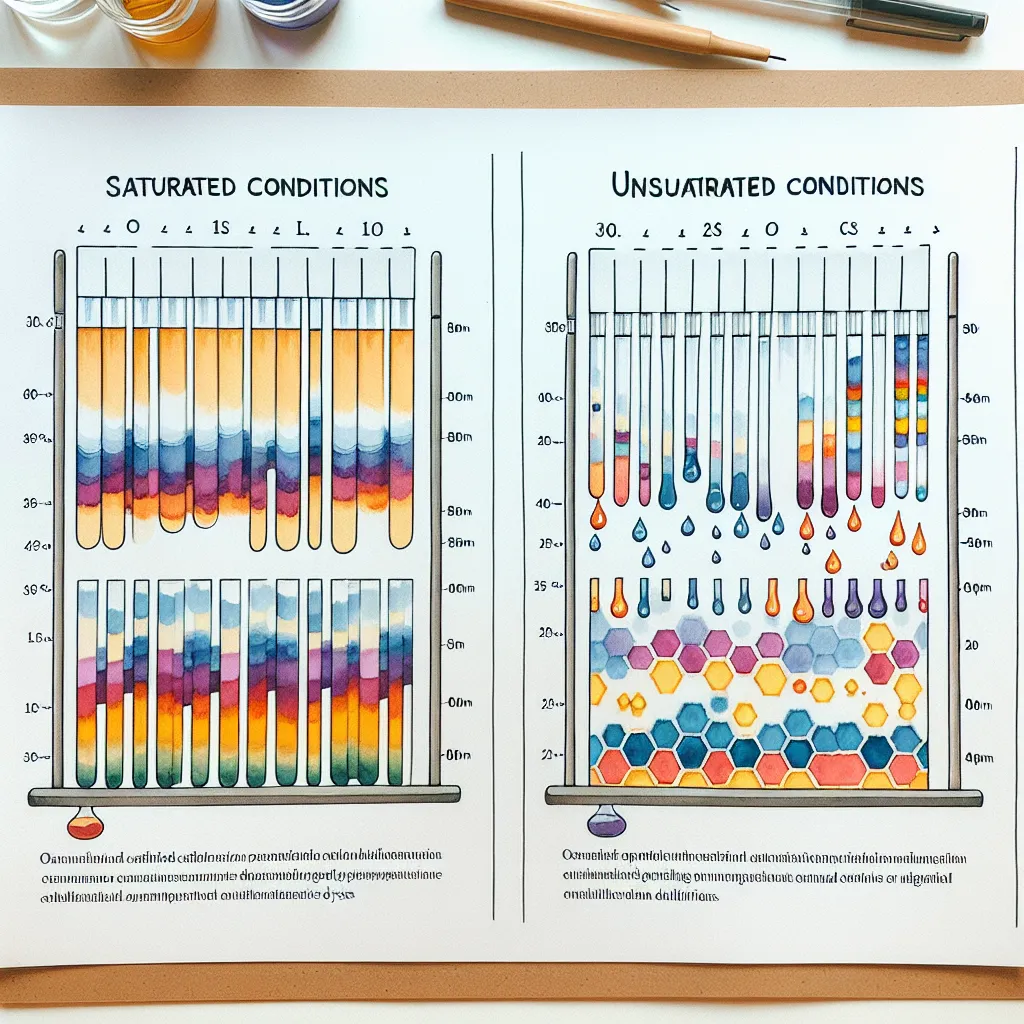 Ask AI: Discuss the separation of organic dyes under two different set of conditions: Saturated and unsaturated using THIN LAYER CHROMATOGRAPHY
Ask AI: Discuss the separation of organic dyes under two different set of conditions: Saturated and unsaturated using THIN LAYER CHROMATOGRAPHY
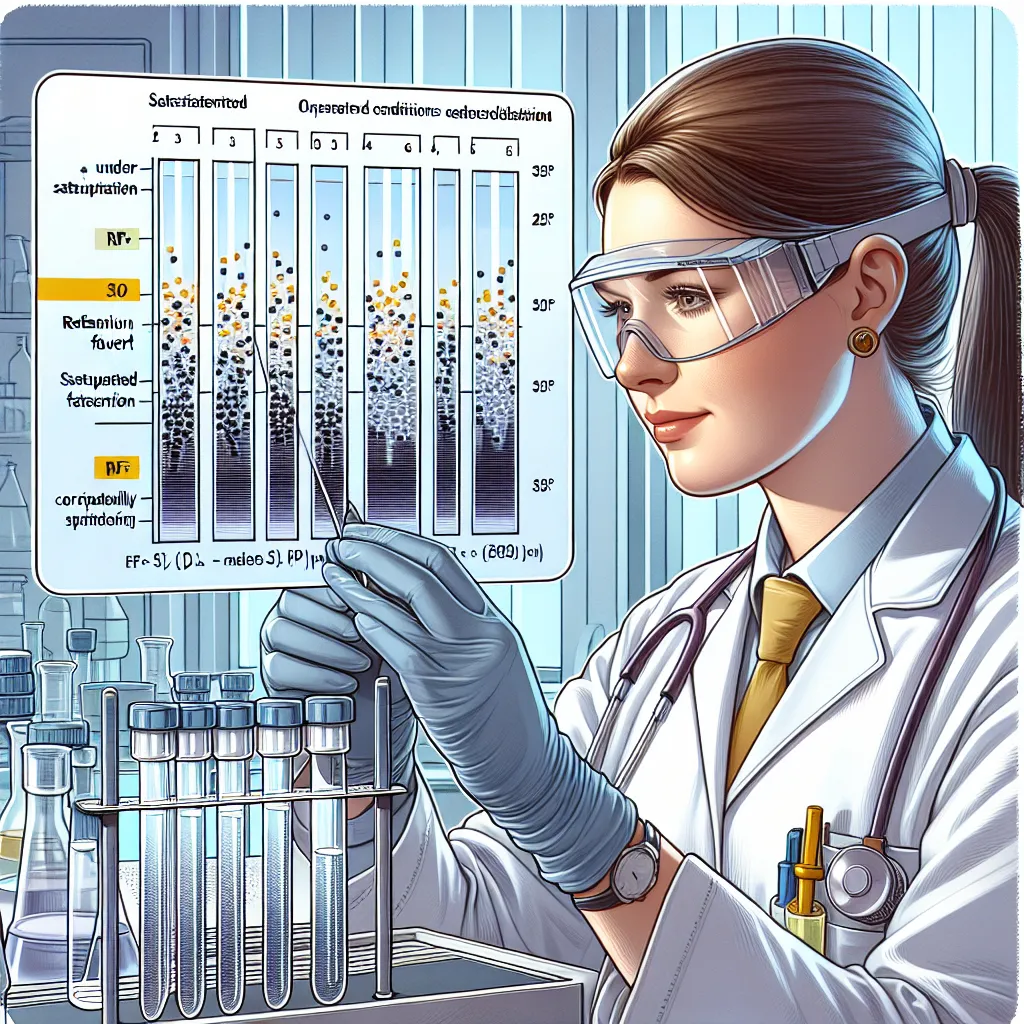 Ask AI: a) Discuss briefly why there appear to be differences in RF values under saturated and unsaturated conditions of tlc
Ask AI: a) Discuss briefly why there appear to be differences in RF values under saturated and unsaturated conditions of tlc
Question Tags
If you want your question answered by an AI, click here.
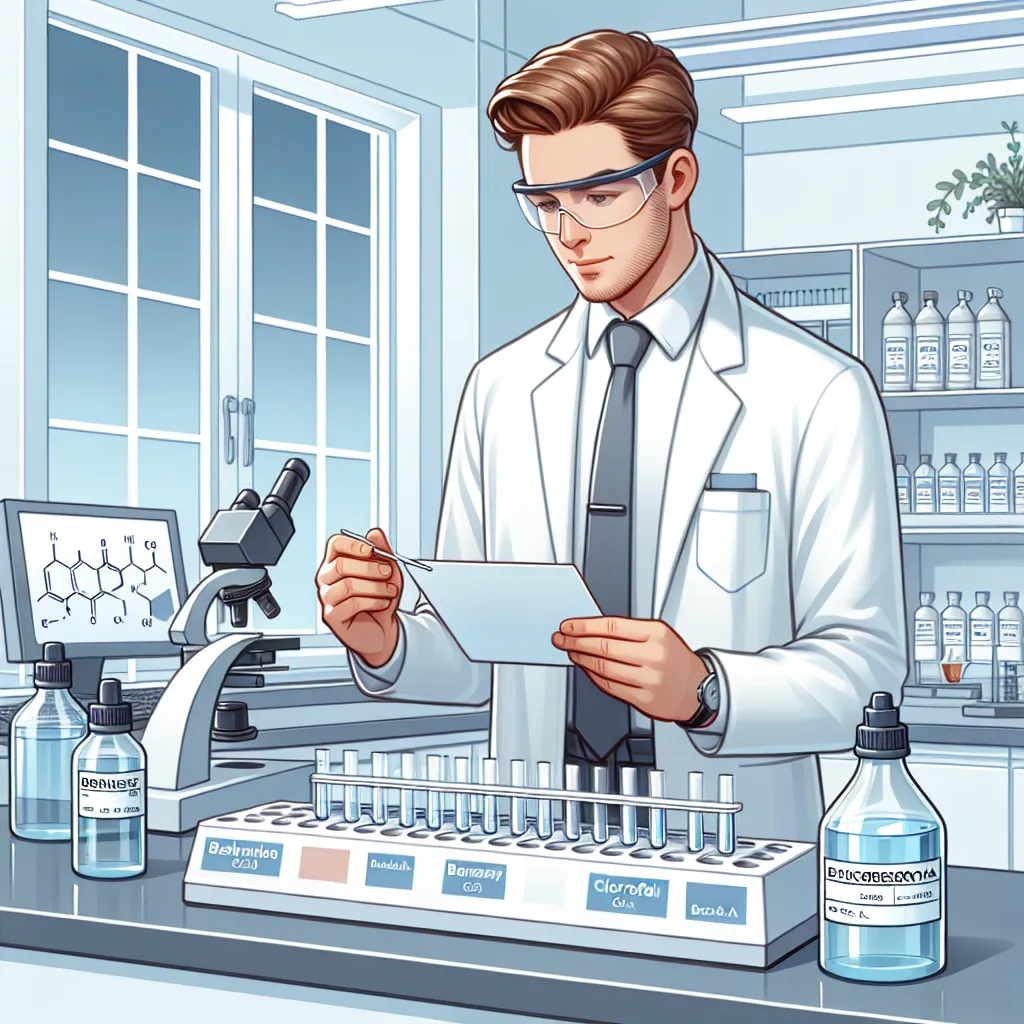

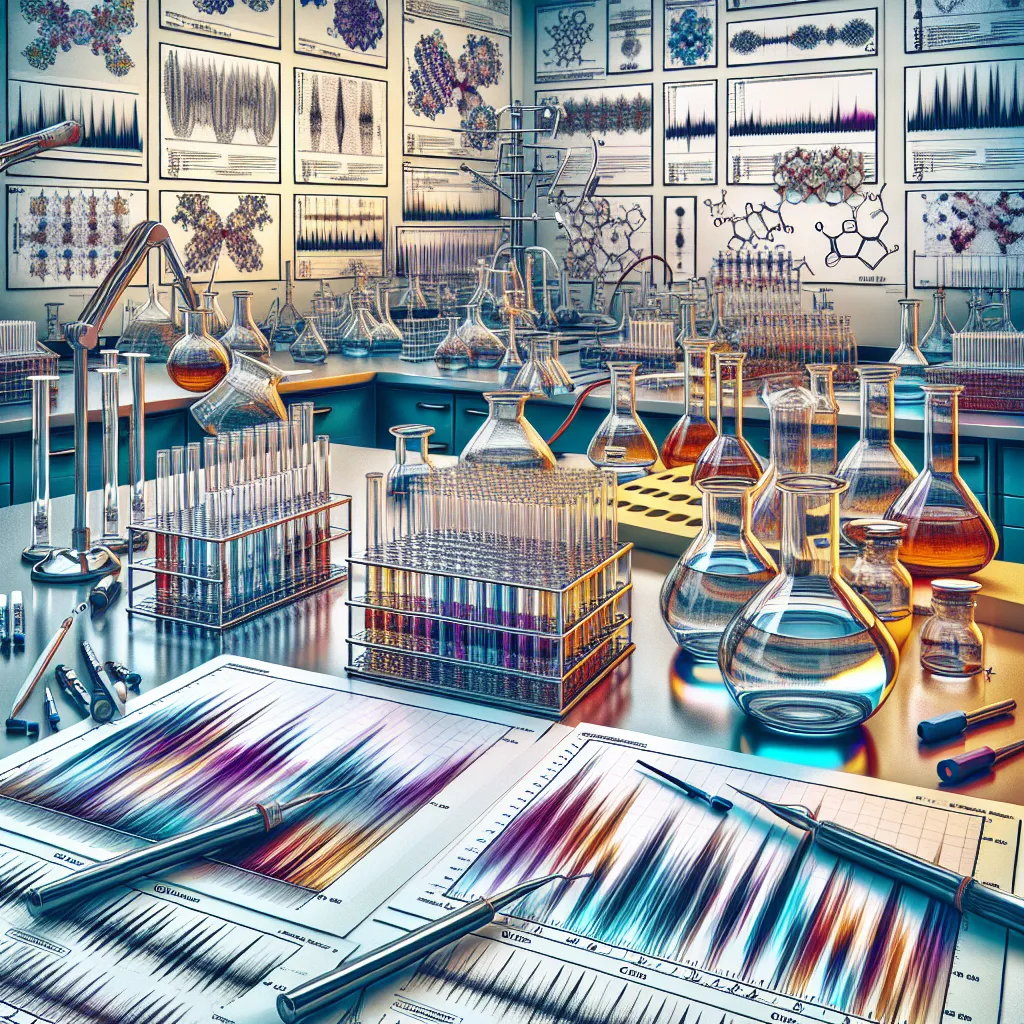
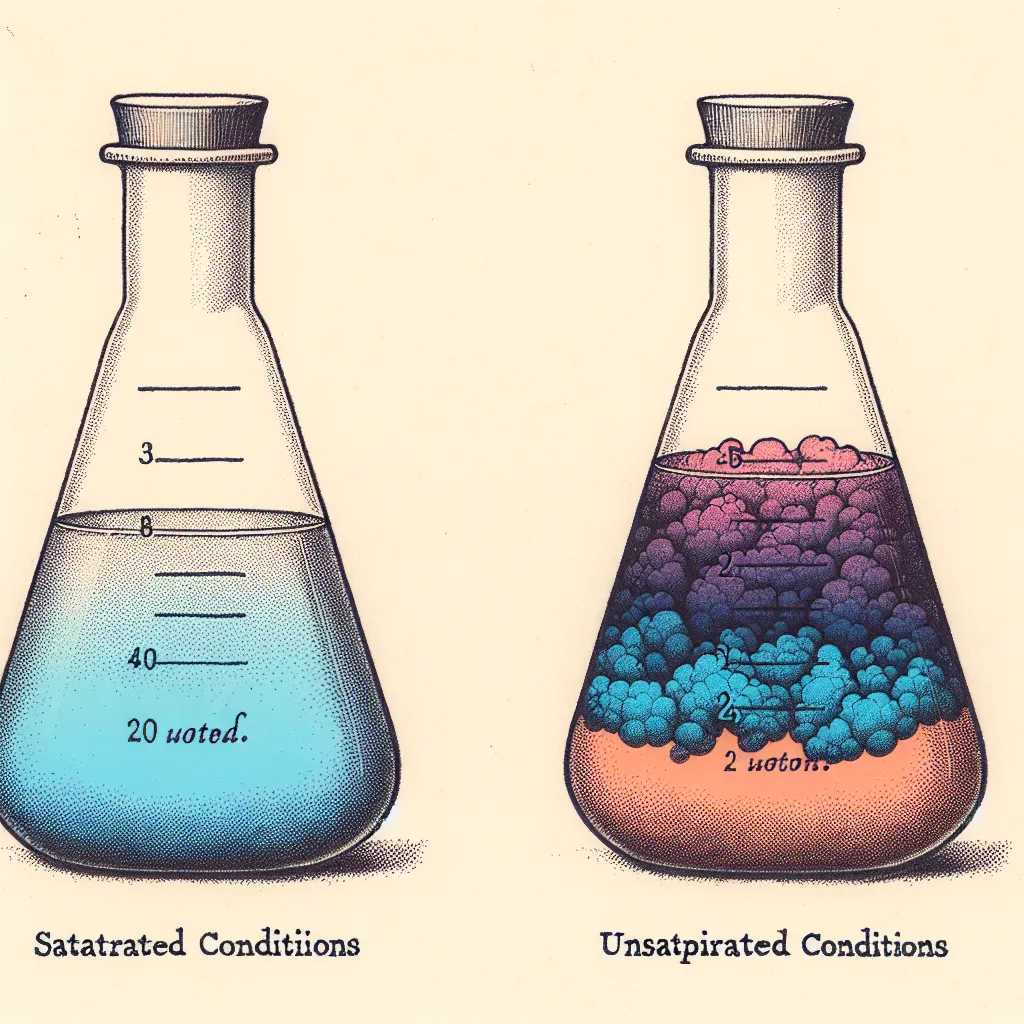
Post your own comment: